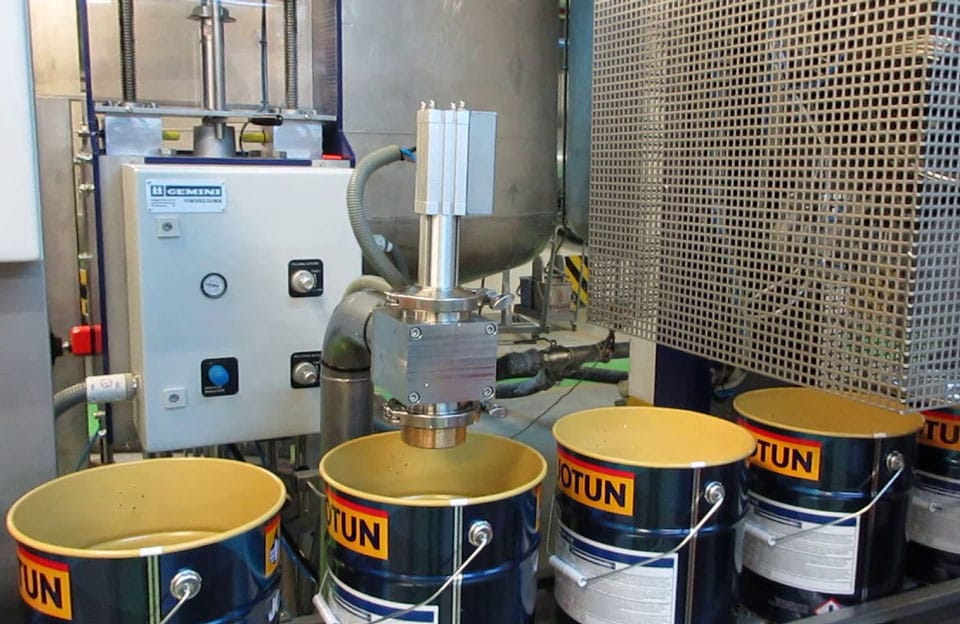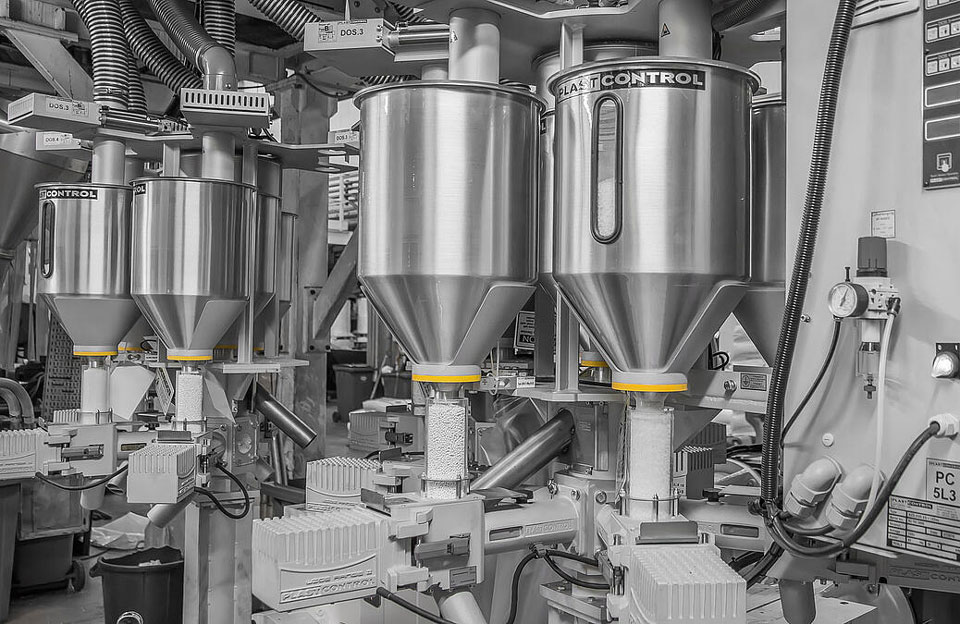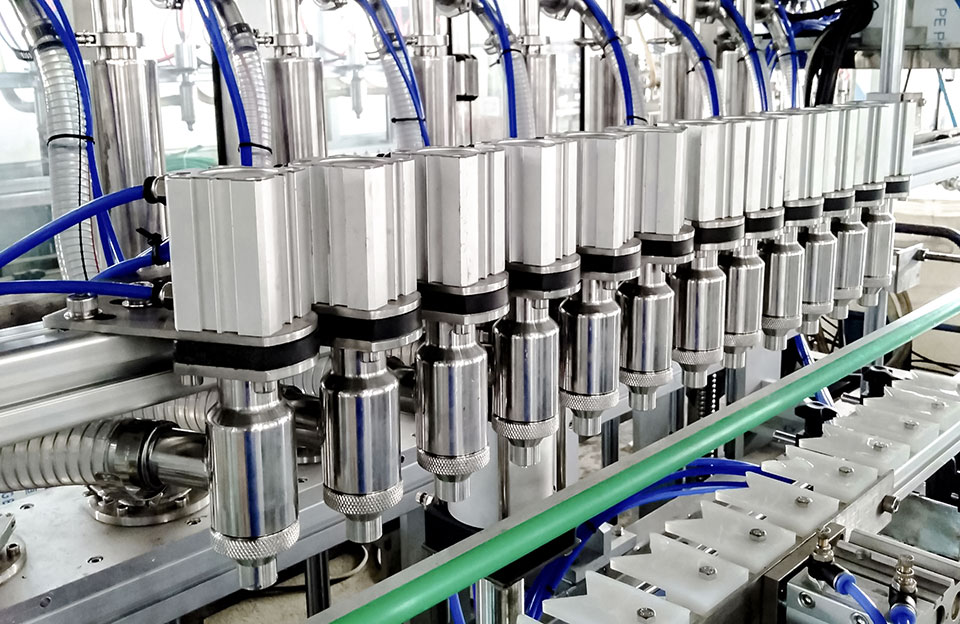Types of Liquid Filling Machine
Applications of Liquid Filling Machine in the Paint Industry are widely used, and can accurately fill paint into containers of various shapes. There are many types of liquid filling machines, each with its own characteristics.
- Piston Filling Machine: This filling machine uses a piston and cylinder system to accurately measure and dispense liquids. The piston draws the liquid into the cylinder, dispensing it into the container. It is suitable for filling viscous liquids such as sauces, creams, and lotions.
- Gravity Filling Machine: In a gravity-filling machine, the liquid flows from the supply tank to the container by gravity. Filling nozzles are designed to control flow and prevent spillage. This machine is typically used for filling non-viscous liquids such as water, juices, and oils.
- Overflow Filling Machine: The overflow filler maintains a consistent liquid level in the filled container regardless of any container size or shape variation. An overflow filler pumps liquid into a container, and excess liquid exits through an overflow tube, ensuring each container is at the same level.
- Vacuum Filling Machine: The working principle of the vacuum filling machine is to create a vacuum inside the container and then fill it with liquid. The vacuum helps to remove air and reduce foam, which is suitable for filling perfumes, essential oils, and other volatile liquids.
- Net Weight Filling Machine: The net weight filling machine measures the product’s weight during the filling process. The container is placed on the scale, and the machine dispenses the liquid until the desired weight is achieved. This filling machine is usually used for filling expensive or delicate liquid products.
- Volumetric Filling Machine: Volumetric filling machines meter and dispense a fixed volume of liquid into containers. They can use various mechanisms such as rotary valves, drills, or pumps to achieve precise volume filling. Volumetric filling machines are commonly used for filling beverages, pharmaceuticals, and chemical products.
Applications of Liquid Filling Machine in the Paint Industry
Liquid filling machines play a vital role in the paint industry by automating the filling process and ensuring accurate and efficient packaging of paint products.
- Paint Cans/Barrels: Liquid filling machines fill paint into paint cans or barrels of various sizes. Machine parameters can be adjusted to dispense the desired amount of paint into each container, ensuring consistent fill levels.
- Barrels and Buckets: The liquid filling machine can effectively handle the paint filling of large containers such as barrels and buckets, reduce manual labor, improve work efficiency, and ensure accurate filling volume.
- Different Paint Types: The paint industry produces different types of paints. According to the formulation and viscosity of paints, paints can be divided into water-based coatings, oil-based coatings, enamels, varnishes, etc. Liquid filling machines are versatile and can provide accurate fills regardless of the type of paint.
- Customizable Filling Level: The liquid filling machine can customize the filling level according to the container size and product requirements. The customizability of liquid filling machines is especially important in the paint industry, which uses paint containers of varying sizes such as pint, quart, gallon, and even larger containers.
- Colorants and Additives: Liquid filling machines can also fill colorants, pigments, and additives used in paint manufacturing. Liquid filling machines ensure precise dosing of colorants, allowing manufacturers to maintain consistency in paint color formulations.
- Efficiency and Speed: The liquid filling machine has significantly improved the paint industry’s speed and efficiency. Liquid filling machines are fast, have high output, and can reduce spills and waste, increasing overall productivity.
Conclusion
There are many types of liquid filling machines, and the choice of machine depends on factors such as liquid type, viscosity, container size, production speed, and accuracy requirements. Manufacturers can achieve higher productivity, consistent fill levels, reduced labor costs, and improved accuracy and overall operational efficiency by using liquid filling machines in the coatings industry.


